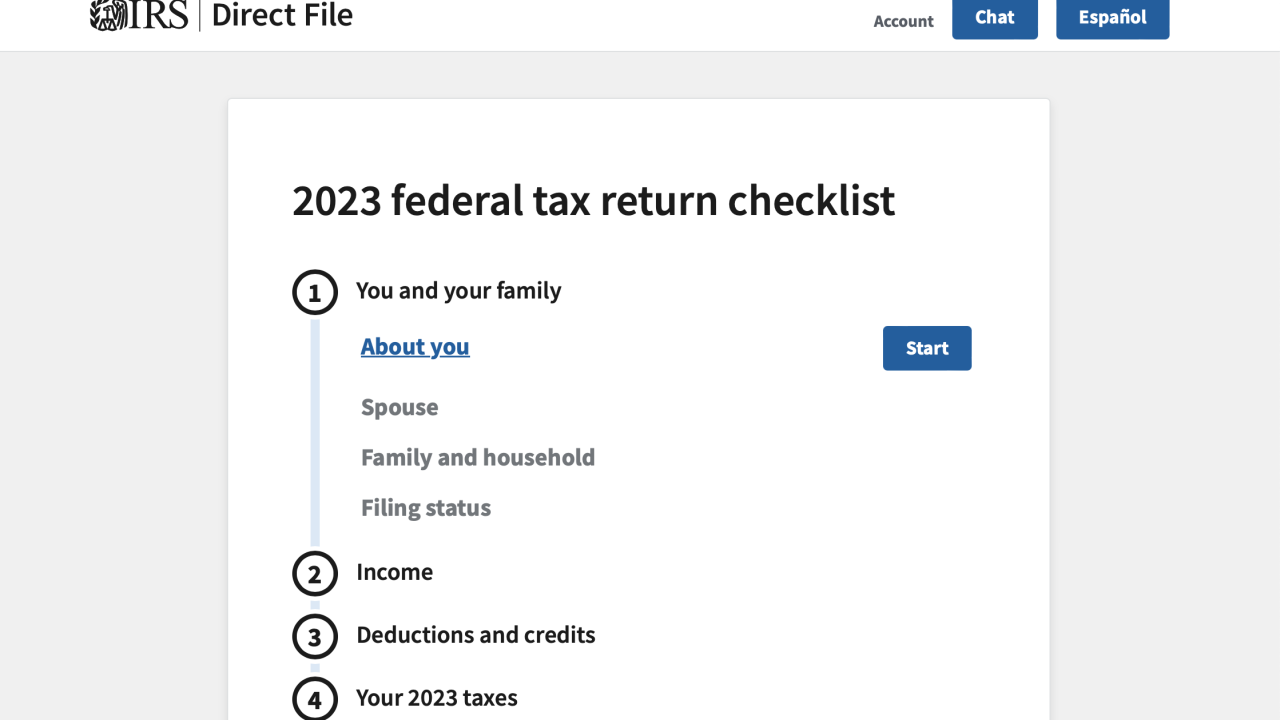IMGCAP(1)]Two cases illustrate the effect that procedural rules—in these cases, statutes of limitations—have in determining the outcome of a taxpayer’s liability.
In one, a taxpayer was entitled to a full refund of the assessed section 6707A penalty (for failure to disclose a non-listed reportable transaction) because the IRS assessment was untimely. In another case, the IRS was successful in its attempt to collect on a taxpayer’s 30-year-old tax debt on payroll tax obligations.
In Beeler v. Commissioner, a 2013 Tax Court Memo decision (
The moral? Don’t become a “responsible person” for payroll taxes if you can avoid it, and if you can’t, make sure the taxes are paid.
In a more recent case, decided on June 15, 2015, the U.S. District Court for the District of Arizona decided the parties’ cross-motions for summary judgment regarding the statute of limitations in favor of the plaintiff-taxpayer.
Stephen May filed his federal income tax return for 2004 in July 2005, eventually acknowledging to the IRS in September 2011 that he had neglected to include in that return $165,000 of pass-through income from Tornado Alley Inc., a corporation with which he was affiliated. Specifically, May did not file a Form 8886 disclosing one of Tornado Alley’s transactions for that year. For purposes of the motions for summary judgment, the IRS and May stipulated that the challenged transaction was a “listed transaction” as defined in Code section 6707A.
May and his representative signed four Forms 872, Consent to Extend the Time to Assess Tax, prepared by an IRS agent, between March 23, 2010, and June 2, 2011. The IRS acknowledged that by March 2010 it had sufficient information from which to determine that May had engaged in a listed transaction, and sent May a letter informing him that it would assess the section 6707A penalty. Nevertheless, it was not until Feb. 6, 2012 that the government assessed May an $18,563 penalty under section 6707A for failing to disclose his participation in the challenged transaction.
May paid the penalty in full on June 4, 2013, and submitted a refund claim to the IRS on Aug. 19, 2013. He subsequently filed suit for a refund on the grounds that the penalty was improperly assessed and was barred by the applicable statute of limitations.
The court noted that ordinarily, the IRS may only assess a tax within three years after the return was filed, but a different statute of limitations governs listed transactions.
The IRS argued that the statute of limitations never began to run because May did not disclose the information that would trigger the statute on a Form 8886. May argued that the IRS collection of information through means other than Form 8886 put the IRS on constructive notice and started the running of section 6501(c)(10)’s one-year limitations period. The court sided with May.
“Because the IRS’s assessment was untimely, the merits of that assessment are immaterial to May’s suit,” the court determined. “The IRS lacked legal authority to assess its 6707A penalty for tax year 2004, and May is entitled to a full refund.”





